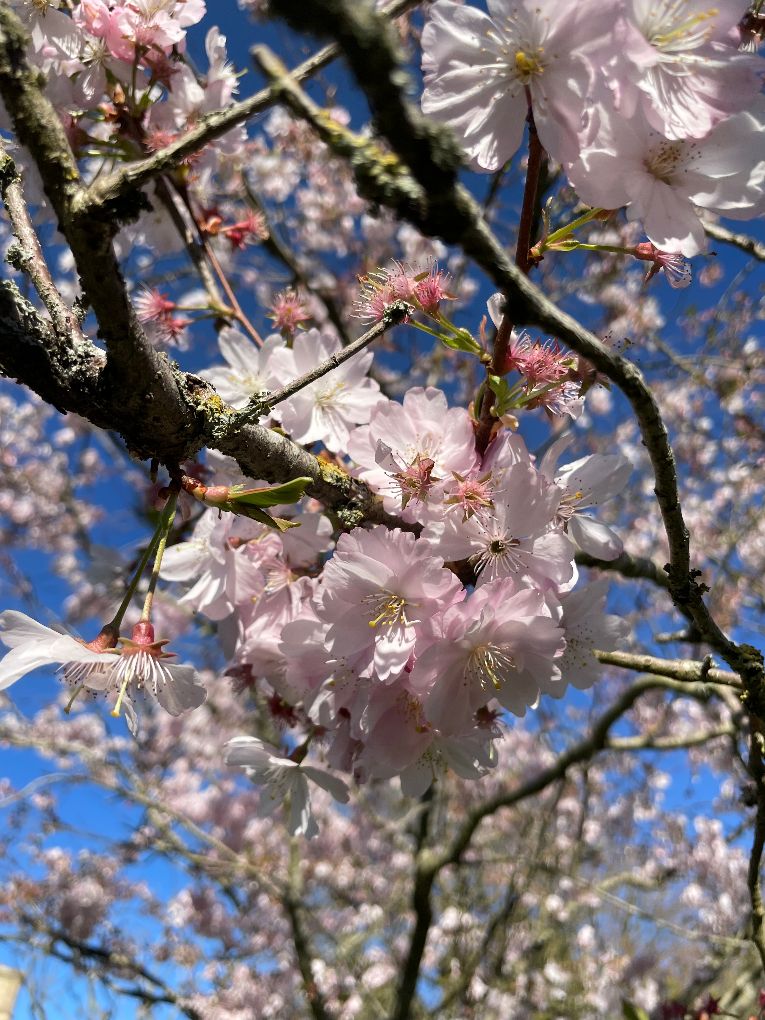Calne-based garden designer, Alex Heath has joined forces with Calne News to bring you monthly garden news.
Alex is the owner of Sulis Design Ltd, a design-only service which focuses on low maintenance, climate resilient gardens and borders for his clients to enjoy and relax in. He also offers a garden lighting design service to create atmosphere, provide security and increase garden usage into the evenings in an environmentally conscious way.
by Alex Heath
On a recent trip to Dyffryn Gardens, a National Trust Garden just west of Cardiff, I was drawn through the many garden rooms by a major design technique. Sometimes this technique may be subtle and other times may be really obvious; crucially it’s a means of getting you to enter and explore the garden rather than staying at the threshold. The technique I am talking about is focal point.

Obvious focal points are features such as fountains, sculptures and arbours with benches. These create something for your eyes to lock on to and pique intrigue. Some invite you to sit and observe the garden from a different view point, or provide a spot for a picnic.
More subtle focal points could be a specimen plant, topiary shapes beyond a Taxus Baccata (Yew) entrance way, sounds of a water feature or a curved path that makes you ask “what’s around the corner?”.
Finally, consider borrowed views and how a neighbouring tree, distant structures or the wider environment draw your eyes beyond your boundaries and out into the distance. Perhaps you could replicate these colours or textures in your garden, to create a sense of harmony and cohesion.
Going back to Dyffryn, many of the entrances to garden rooms had Magnoliaceae (Magnolia) and other statement plants showing off their glorious blooms or structure. These plants entice you towards them with their flowers and, when you reach them, position you next to a doorway to lead you further into the garden.
So how do you replicate this in your garden when you don’t have Dyffryn’s expanse of 52 acres?
Perhaps you could:
- Put a bench and coffee table in a sunny spot, that invites you to step out and enjoy a rest in the garden.
- Have a bit of fun and place a garden gnome or statue in a border.
- Use curved paths to draw you through the garden and question ‘what’s around the corner?’.
- Have specimen plants that either flower or fruit, drawing you to their location.
- Create a wildlife pond that entices you to it with a water feature.
Be mindful that you can have unintentional focal points. Items such as compost bins, water butts, washing lines and old bags of compost can draw the eye through the garden too. Perhaps consider how you can mask them, to give your real focal points space to shine. A screen, hedge or a trip to the recycling centre can remove these unwanted focal points.
Over this Easter Weekend, stand at the entrance to your garden and see what immediately grabs your attention, for good or for bad, and what makes you want to explore it further.
Flower of the month

Cherry blossoms are looking stunning right now. Coming in a range of colours from shocking pink to pure white these trees are definitely at their best in April.
Genus that you could try in your garden are Prunus Tai-haku ‘Great white cherry’, if you have a large space, or for smaller spaces there is the Prunus Serrula ‘Tibetan Cherry’ which not only has beautiful blooms but also fantastic multi stemmed varieties which really highlight the bark.
Garden jobs for April
- Look out for deals on summer flowering bulbs and tubers such as Gladiolus (Gladioli) or Dahlia (Dahlia), but don’t plant them straight into the cold soil. Pot them up in a warm space and wait for them to shoot and grow strong before planting out.
- Deadhead your spring bulbs such as Narcissus (Daffodils) but remember to leave the leaves so they can build up nutrients for next year’s display.
- Check roses for signs of blackspot, mildew and other fungal diseases. If found remove any infected leaves and dispose of in household waste to avoid cross contamination with compost heaps or green waste collections.
- Save some money by dividing hardy annuals and grasses by either splitting them with two forks placed back-to-back prising apart the plant, or cutting the plant in half with an old knife or spade.
- Check your vegetable plants for signs of aphids and other pests and remove them by hand or environmentally friendly method.
- Plant catch crops such as radish, rocket and lettuce to fill gaps in vegetable beds and make as much use of the soil as possible.
- Start pricking out seedlings when they have developed a set of true leaves. Remember to gently lift the plant with a small lever such as plant label or stick, holding a leaf and never the stem.



